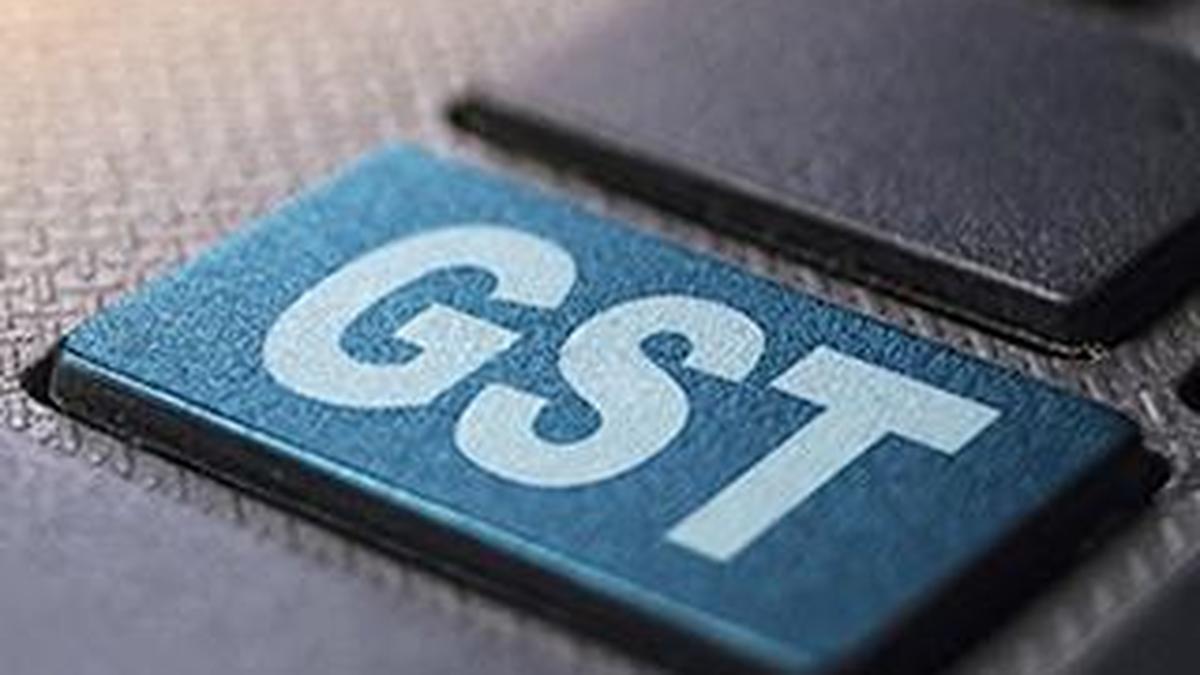Copyright thehindubusinessline

Gross collection from Goods & Services Tax (GST) registered a 4.6 per cent growth in October, the Finance Ministry reported on Saturday. However, net collection (gross collection minus refund) was almost flat. Collection in October relates to goods consumed and services availed in September. It may be noted that the GST rate cut was made effective from September 22. At the same time, it was observed that Prime Minister Narendra Modi’s announcement of a rate-cut proposal on August 15 prompted people to hold off on purchases. Combining these two with the period of Sharadh was expected to impact overall GST collection in October. Rate cut, consumer wait-and-watch impact Data from the GST portal showed that gross collection from domestic sources grew by just 2 per cent, while net was almost flat, indicating some impact of purchases being held and the rate cut. However, collection from imported items was much better, and that had an impact on overall collection. “The GST collections, while aligning with immediate expectations, reflect a muted momentum in October primarily due to rate rationalisation effect in the majority part of September month and the deferred consumer spending ahead of the upcoming festive season,” said Saurabh Agarwal, Tax Partner, EY India. However, he is hopeful of offsetting this anticipated lag with stronger numbers in the next month, driven by seasonal buoyancy. Expert view: Temporary slowdown, strong rebound ahead Meanwhile, some experts are not very worried by the number. According to Pratik Jain, Partner at Price Waterhouse & Co LLP, despite massive rate cuts effective from September 22, a slight increase in domestic GST collection is encouraging and shows that demand is steadily increasing. The consistent increase in GST refunds (domestic as well as export) indicates the tax administration’s confidence that GST collections will continue to show a positive trend in the future as well. “Next month’s data would have the full impact of GST cuts and would be keenly awaited,” he said. Echoing the same sentiment, Vivek Jalan, Partner at Tax Connect, feels the growth in (net) collections by 0.6 per cent reaffirms that the boost in consumption has, to an extent, balanced the de-growth in revenue due to the Rate cuts. October’s figures also inculcate the unleashing of pent-up consumption post August 15, 2025, when the rate cuts were announced by the Prime Minister,” he said. While Agarwal sees some positivity in higher refund, Jalan feels it will increase further. Crucially, the government’s unwavering commitment to resolving working capital issues for exporters and addressing concerns around the inverted duty structure is a significant positive development. “This certainty in the tax regime and reduction of working capital leakages are vital confidence boosters for the investor community, reinforcing the ease of doing business,” Agarwal said. According to Jalan, GST 2.0 has also created or deepened an inverted duty structure across sectors such as packaging, farming, and pharma. All such taxpayers will apply for inverted duty refunds from November 2025. As per the new norms, 90 per cent of refunds need to be processed within 7 days, and hence Nov ’25 and Dec ’25 would see a tremendous increase in domestic refunds. “The stabilised GST Collections may be gauged post this,” he said. Published on November 1, 2025



